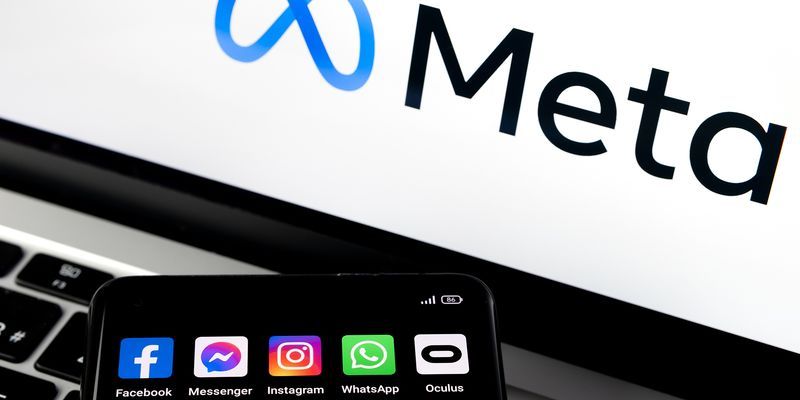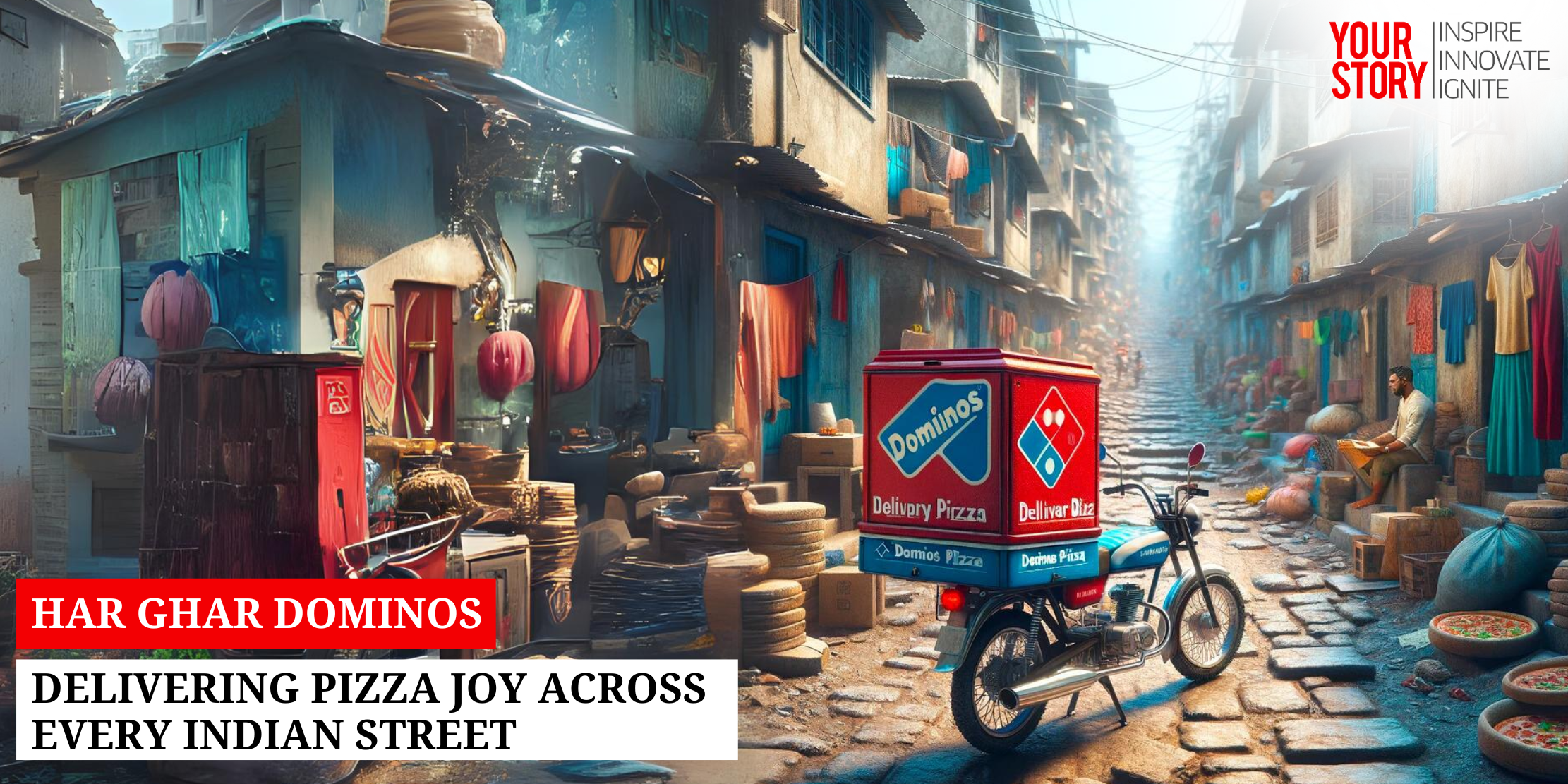[YS Learn] #Branding101: What startups can learn from Dunzo’s branding game
Branding and marketing can be effectively used to engage with your users and gather more information and insights about them. Here is what Dunzo is doing to up its marketing game.
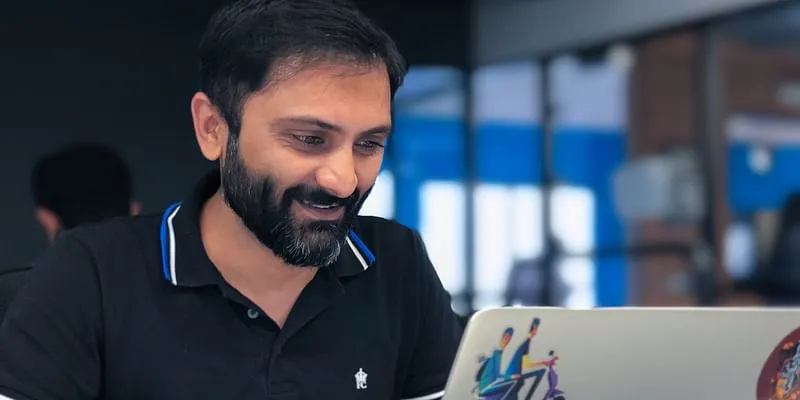
Sai Ganesh, Head of Marketing, Dunzo
In February 2018, the Bengaluru-based foodtech unicorn Swiggy announced that it was going beyond food delivery with Swiggy Stores where it offers customers the convenience of ordering anything from any store across the city. In short, the unicorn had entered the ‘space’, which was already occupied by Bengaluru-based hyperlocal platform - .
The Google-backed startup had started as a hyperlocal personal task management platform in Bengaluru on WhatsApp and is now a full-fledged automated, app-based service. Analysts and journalists were busy discussing the implications of this for the relatively smaller startup - Dunzo.
A small team within the startup was busy too, and the result of its work was soon out on social media platforms - an illustration of a man landing on the moon, with a Logo wear, only to find a Dunzo flag already hoisted - the copy was simple and yet quirky - 'Welcome Buzz Aldrin.'

Dunzo 2018 creative when Swiggy launched Swiggy Stores
Quirky, fun, tongue-in cheek, and yet not condescending to a competitor. It is a common theme with most of Dunzo’s branding and communication. Over the past three years, Dunzo’s communication and social media posts have become a point of coffee and dinner conversations. Many startups aspire to Dunzo-like branding and marketing posts.
However, there is a challenge. How do startups create a strong brand positioning frugally? With Facebook and other social media platforms pushing inorganic and paid posts more, digital marketing is becoming increasingly difficult.
The Dunzo team nevertheless believe that branding isn’t just about spending on media. It is about investing on the right team. Dunzo has seen 22 percent increase in engagement and 10 percent increase in followers across platforms since lockdown.
“We are a small startup and don’t have a big marketing or a branding budget. All our work happens in a nimble and simple way,” explains Sai Ganesh, Head of Marketing and Branding, Dunzo. Talking about what Dunzo did, Sai says there were a few key things they got right.
Focus on product and user experience before branding
Before Dunzo could build a brand persona and focus on its social media game, they worked on creating a strong base of early adopters in the initial days. The brand already had a small cult like status at least in Bengaluru circles. This made it easier to understand the customer base and behaviour.
“With the base of the product strong, we had it easier to work on branding in a more intelligent way,” explains Sai.
Build a persona on what your culture stands for
- Branding is about what you as a company and product stand for. We worked our persona internally from delivery partner perspective as a relatable everyday man. If you look at Tom Hanks or an Ayshmann Khuranna, they are relatable.
- The Dunzo partner will go that extra mile to get your medicines, or pick up the right avocado. This made the content relatable and engaging.
The best way to understand how a brand is perceived is what people will say about the it to their friends and family. What are the triggers, passion points, reasons for drop offs
- We arrived at a brand framework - eventually what we wanted was to make dunzo commonplace and commonsense idea. Thus our social media handles say - dunzoit
- We created phrases for dunzoit in multiple languages. Not just as a verb, but as a part of a culture.
- We realised puns and humour make it relatable, so we started creating puns.
- There is a reason we have a woman mascot, and not because this is what is trending or on top of everyone’s mind.
- As a team, everything we do should be meaningful. And we realised in the past decade, every delivery website has a man with bag, helmet, and a bike, and if women are part of the delivery team, it isn’t a token measure, it needs to be normal representation.
This even means understanding what delivery partners stand for. That was one of the reasons why during the pandemic, we came up with a creative celebrating all delivery partners across brands.
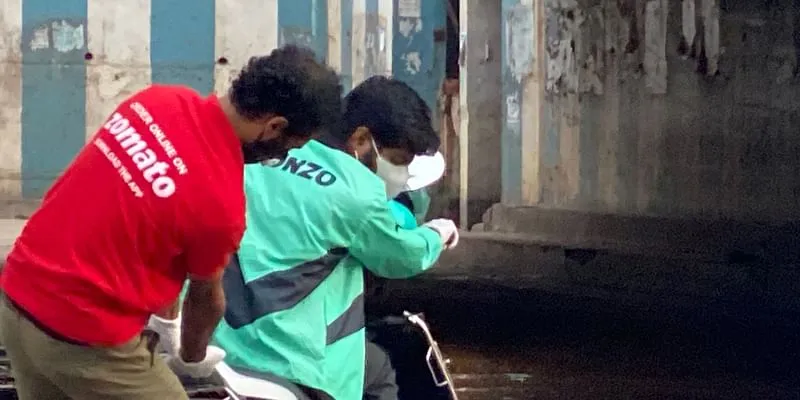
The YAY Dosti campaign by Dunzo
What does your brand want to achieve?
Brainstorming starts with a business problem that comes from a city team or a business team. For example, enough people may not know that dunzo can be used for bike taxi or there is an opportunity where we can talk about the brand’s use case.
- Stay close to business teams, partners, and users, and try to understand their needs, pain points, and requirements.
- Every quarter, we look at larger themes we aim to solve. How can we solve problems for partners, or users, or merchants, and these in turn are timed with larger trending topics or calendar of events/festivals.
Social media is about building relatable content
Sai says social media content is about sharing and retweets and that will happen only when the user finds the content relatable. He explains,
- Everything is going to be like Netflix, you choose what you see, there are no ad breaks, skip ad buttons, everything is what you want to see. On Instagram, for example, there aren’t too many ads, even those you see is content what you want to see.
- So, we need to be there on the user’s feed because of their personal choice. That means you need to create the kind of content users want to see, with layered brand messaging. For example, it can be about Russia discovering the vaccine and how you layer a message of your branding in that information.
- What makes people share a certain kind of content, what are its triggers, for that you need to know your consumer and the user.

Dunzo creative on coronavirus
Why would your audience share your content?
- While in all our communication the brand colours and logos are consistent, the communication is different across different platforms.
- To understand why do people share, we spoke to users and understood different triggers. Get people to share, for which you need to know your audience.
- We spend one hour every week where we don’t look at our work but everybody else’s work. It is a marketing ketchup where we look at content that is created by global brands across content creators across sectors and what people have liked and why. We focus on why.
For this you need to understand what is trending from the user’s point of view. One size cannot fit all for the same kind of trending content. For example, the partner with the sign campaign had different people holding signs which pointed out open secrets yet brutal truths.
- This was inspired by the trending man with a sign post on Instagram and Facebook. (Remember the guy holding a placard that said - 'wash your damn hands')
- We looked at our customers - partner, user, and merchant, and said can we look at it from their points of view and say what are the brutal truths they want to say? And used those to build the signs. That became shareable content.
- The kind of content you see on Twitter is different from what is on Facebook. We do not have any quirky posts on the app, there the communication is focussed on categories and discounts if any.
- The merchant communication is simple and number driven. And partner posts are in Indic languages.
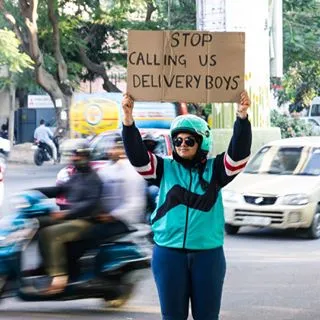
Dunzo's partner with a sign
Creativity happens with planning
It is a myth that creativity is spontaneous. A lot of it happens through planning as it takes some time to figure out the insight that you want. Creative people work better when they are given time.
- If you look at our calendar, 60 percent is quick immediate work for a week or so, the next 30 percent is planned for the month and the 10 percent plan is for 45 to 60 days in advance.
- Creative people like time on larger projects.
- Planning also gives you nimbleness. You need to understand the trends and be nimble.
Invest in the right talent
Brand marketing is about investing in the right talent, who understand the media instead of investing money in that particular media. We are a small brand, not a brand that can spend crores. For us to hack the system - we need to ride the wave.
- Sometimes a post may not immediately make sense because it is riding a wave - there is India Twitter, English Twitter, we try to catch these trends much before they start trending.
- The idea is to hire people who understand the medium. Each of the team members is focussed on understanding the space they are good and strong at.
Edited by Javed Gaihlot






![[YS Learn] #Branding101: What startups can learn from Dunzo’s branding game](https://images.yourstory.com/cs/2/a9efa9c02dd911e9adc52d913c55075e/Imagen4iv-1598458193836.jpg?mode=crop&crop=faces&ar=2:1?width=3840&q=75)



